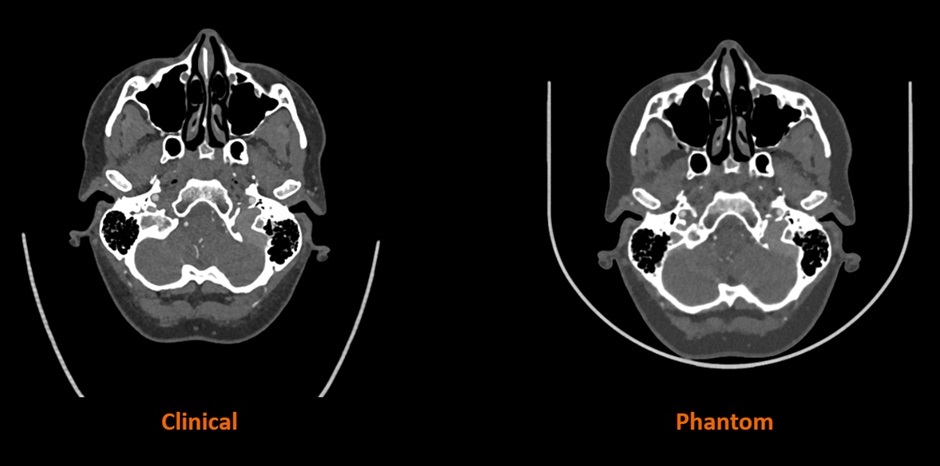The world of 3D printing is experiencing significant progress through the collaboration between Stratasys Ltd, a leading provider of polymer 3D printing solutions, and Siemens Healthineers. This partnership aims to develop innovative solutions for medical imaging phantoms in computed tomography (CT). These phantoms are critical to the performance evaluation of CT scanners and are used to simulate human body features to verify aspects such as radiation dose and image quality to ensure consistent scanner performance.
The joint development utilizes Stratasys’ PolyJet technology in combination with Siemens Healthineers’ unique RadioMatrix technology and advanced algorithms. These algorithms are designed to translate scanned patient images into specific material characteristics with radiopacity corresponding to human anatomy. The resulting solution enables the customized production of phantoms and the creation of ultra-realistic human anatomy with unprecedented radiographic accuracy of patient-specific pathologies.This project will fundamentally change the way phantoms are used in the medical field. In certain cases, device manufacturers and academic institutions could replace human cadavers with 3D-printed structures. This capability enables critical efficiency gains and minimizes unavoidable human variability. It will also generate a critical amount of research data that will provide important insights for advancing CT system algorithms, materials development and opening up potential new application areas.
“The current limitations of imaging phantoms have been a longstanding challenge for the radiology community,” said Erez Ben Zvi, Vice President Medical at Stratasys. “This partnership with Siemens Healthineers will enable us to jointly explore the vast possibilities of our radiopaque materials and 3D printing technologies to overcome these barriers.”
The start of the research will focus on the production of 3D printed phantoms for smaller anatomical structures such as the head and neck, with the aim of gradually producing larger and more complex anatomies – culminating in the first milestone, a 3D printed heart model and an entire human torso.
“Knowledge gained from this project provides a breakthrough in medical imaging that will open up new avenues for uses when it comes to 3D printing and imaging,” said Lampros Theodorakis, Head of Computed Tomography Product & Clinical Marketing at Siemens Healthineers. “We are excited about the opportunities ahead of us as a result of this partnership and believe it will have long-term impacts for medical and academic applications.”
Subscribe to our Newsletter
3DPresso is a weekly newsletter that links to the most exciting global stories from the 3D printing and additive manufacturing industry.






















